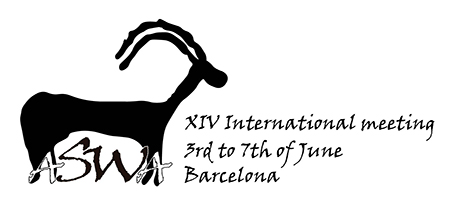Deepening our knowledge on animal mobility and activity patterns is a key step to develop and propose consistent hypothesis on the different animal management strategies that ancient societies might have adopted on the road to domestication. Animal health, feeding strategies and herd mobility are closely related questions of maintenance and management strategies which refer not only to the welfare of the animals but also to human knowledge, collective conscience and social organization. Nonetheless, this is a matter largely discussed from traditional archaeozoology for a long time and, more recently, also addressed from the stable isotope analyses perspective and other disciplines. In the recent years, geometric morphometrics have been an upcoming and outstanding methodology to register and study physical changes in bone tissue related to the processes of domestication and, at the same time, a first step into documenting biomechanical features to differentiate between wild and domestic species while being mostly focused on tooth or complete bones. In this communication, we address bone adaptation and remodeling as a reaction to physical stress, thus registering and studying bone tissue differential growth as a consequence of the animals' activity levels and adaptation to their human controlled environment. In this sense, CT scanning was used to digitize a sample of goat long bones from the site of tell Halula and obtain cross-sectional data. Image data was scaled through geometric morphometrics and physical properties of the bones cross-section were calculated to characterize bone resistances to compression, bending and torsional forces. Results support intensity and directional loading differences among wild and domestic populations and among domestic herds that might be related to concrete management strategies.
|
|
|
By author > Molist Miquel
A story of bone strength. Goat mobility through cross-sectional properties and geometric morphometrics of long bones in tell Halula
1 : Universitat Autònoma de Barcelona
(UAB)
-
Website
Departament de Prehistòria. Universitat Autònoma de Barcelona 08193 Bellaterra. -
Spain
2 : Institut Català de Paleontologia Miquel Crusafont
(ICP)
-
Website
* : Corresponding author
Universitat Autònoma de Barcelona (UAB), Edifici ICTA-ICP, Carrer de les Columnes s/n, Campus de la UAB, 08193 Cerdanyola del Vallès, Barcelona. -
Spain
| Online user: 1 | RSS Feed |

|

 PDF version
PDF version